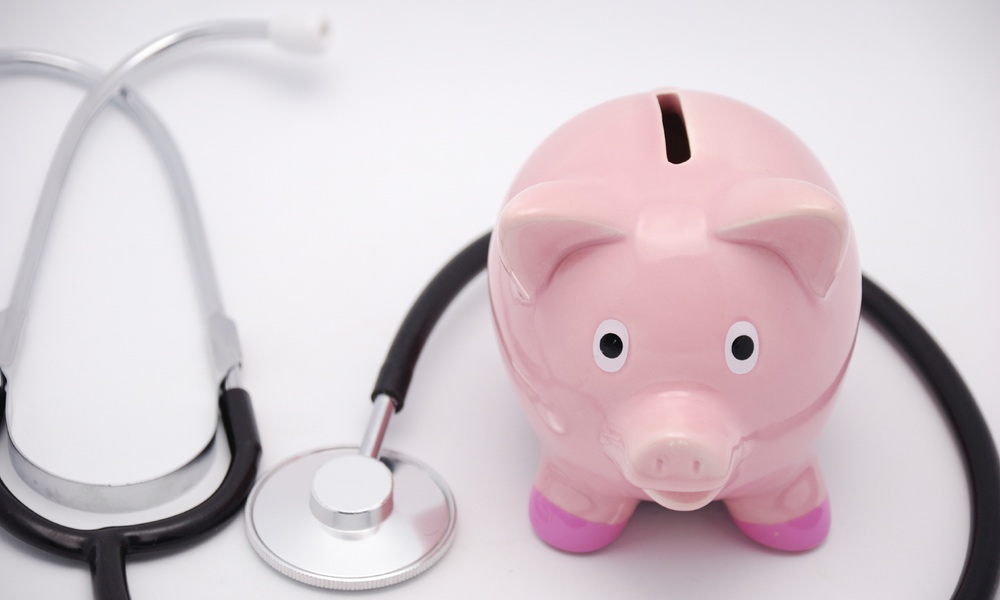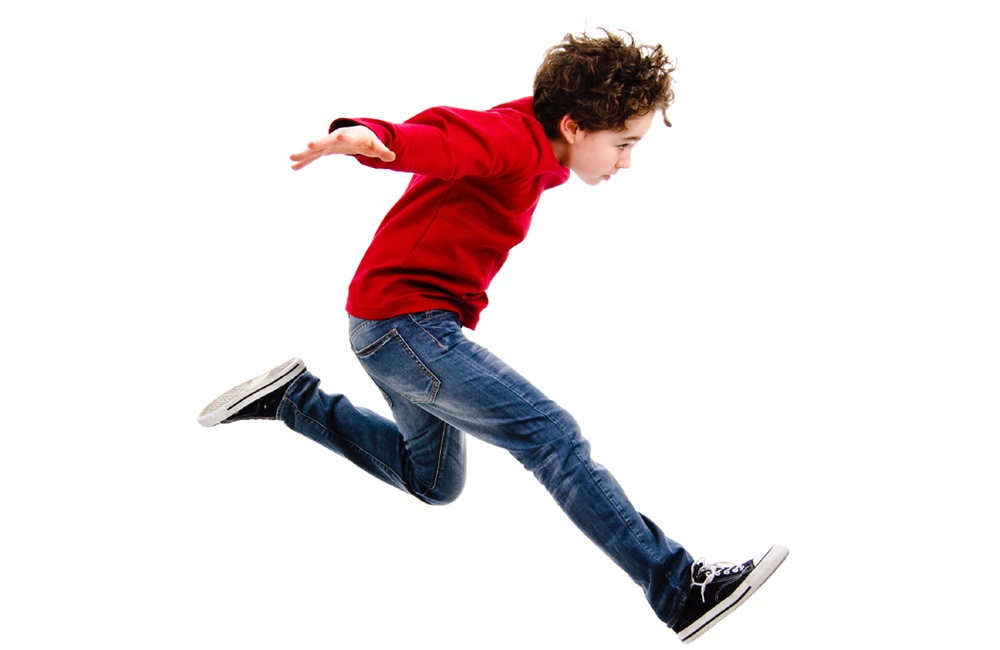You wouldn't normally look straight at the sun, but on April 8, 2024 you may be tempted. That's the date of the next total solar eclipse visible over Mexico, the United States and Canada. A solar eclipse occurs when the moon passes between the Earth and the sun and blocks the face of the sun.
People viewing the eclipse are at risk for serious damage to their retinas unless they take precautions to protect their eyes. Ophthalmologists at New York Eye and Ear Infirmary of Mount Sinai recently issued a statement outlining the damage viewing the eclipse can cause in an effort to prevent the burned harm that our desire to see this event can cause.
The rays of the sun are very powerful, so people can't usually stand to look at them, explained Avnish Deobhakta, a vitreoretinal surgeon at New York Eye and Ear. It is also why looking directly at the upcoming solar eclipse is so dangerous.The right glasses have a filter labeled “ISO 12312-2” compliant. People should be aware of the risk of counterfeit glasses and those that provide inadequate protection. “Do not just browse Amazon or eBay!”
“Those cells are destroyed when people look at the sun's rays for too long,” Deobhakta told TheDoctor. Too long can be as little as 10 seconds in some cases.
When a woman viewed the partial solar eclipse in New York City in 2017 without proper eye protection, her vision was permanently damaged. Deobhakta and his colleagues described this patient's case in JAMA Ophthalmology:
-
Within four hours, she developed blurry vision and could only see the color black. When ophthalmologists at the NYEE examined her eyes three days later, they found damage to her retina in the shape of a crescent, the shape of the visible portion of the sun during the partial solar eclipse. They diagnosed her with solar retinopathy with photochemical burns, damage to the retina of the eye from prolonged exposure to, in this case, solar radiation. The damage to her eyes is permanent.
To safely observe a solar eclipse you need a solar viewer. Regular sunglasses won't work. They only block the UVA and UVB rays of the sun.
People should be aware of counterfeit glasses and those that provide inadequate protection. “Do not just browse Amazon or eBay!” Deobhakta cautions. The American Astronomical Society has a list of reputable vendors.
Other tips for safely viewing the eclipse:One woman who viewed the partial solar eclipse without protection ended up with damage to the retina and photochemical burns from prolonged exposure solar radiation. The damage is permanent.
- Don't use binoculars or special lenses that magnify the eclipse. They can focus the sun's rays into the retina and cause damage.
- It is safe to use a pinhole camera to view the eclipse.
- If you record a video of the eclipse on your phone, do not look at the screen while it is recording. Watch the video later.
JAMA has also published a patient page on safely viewing the eclipse.





